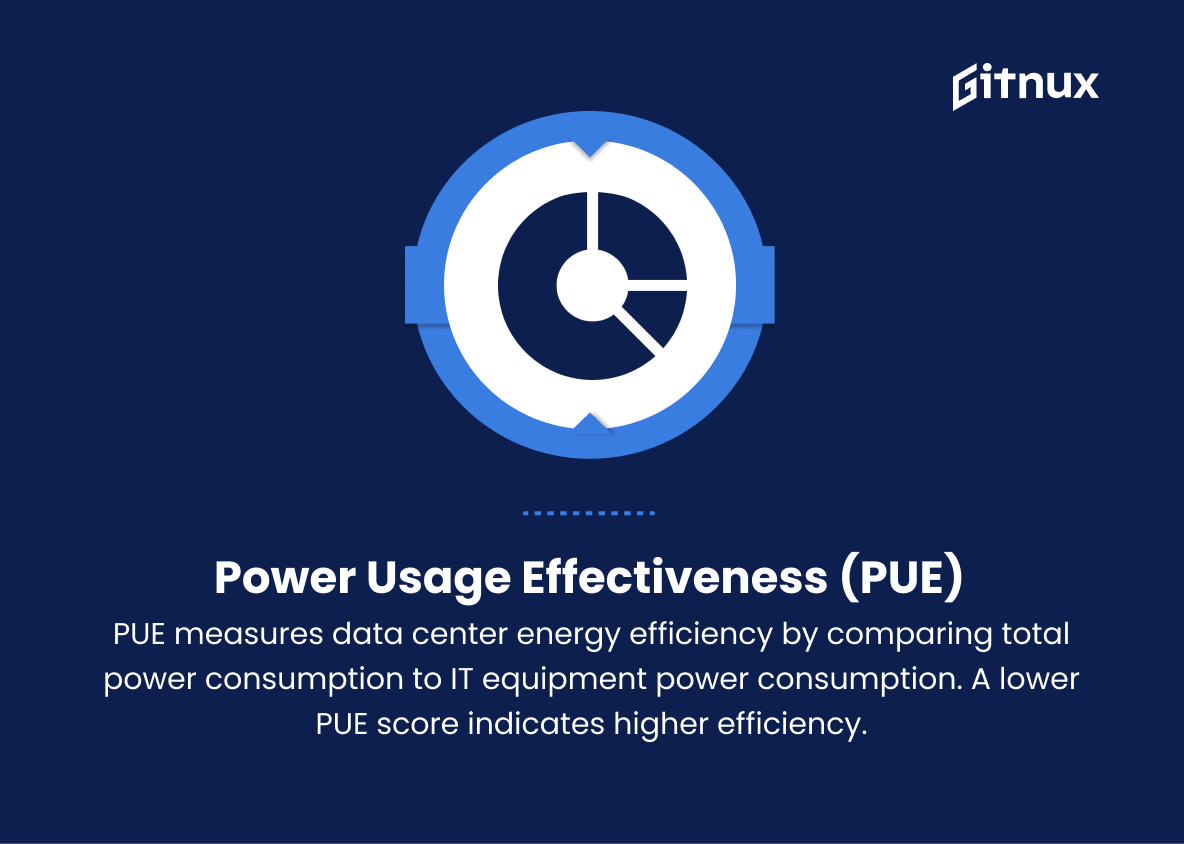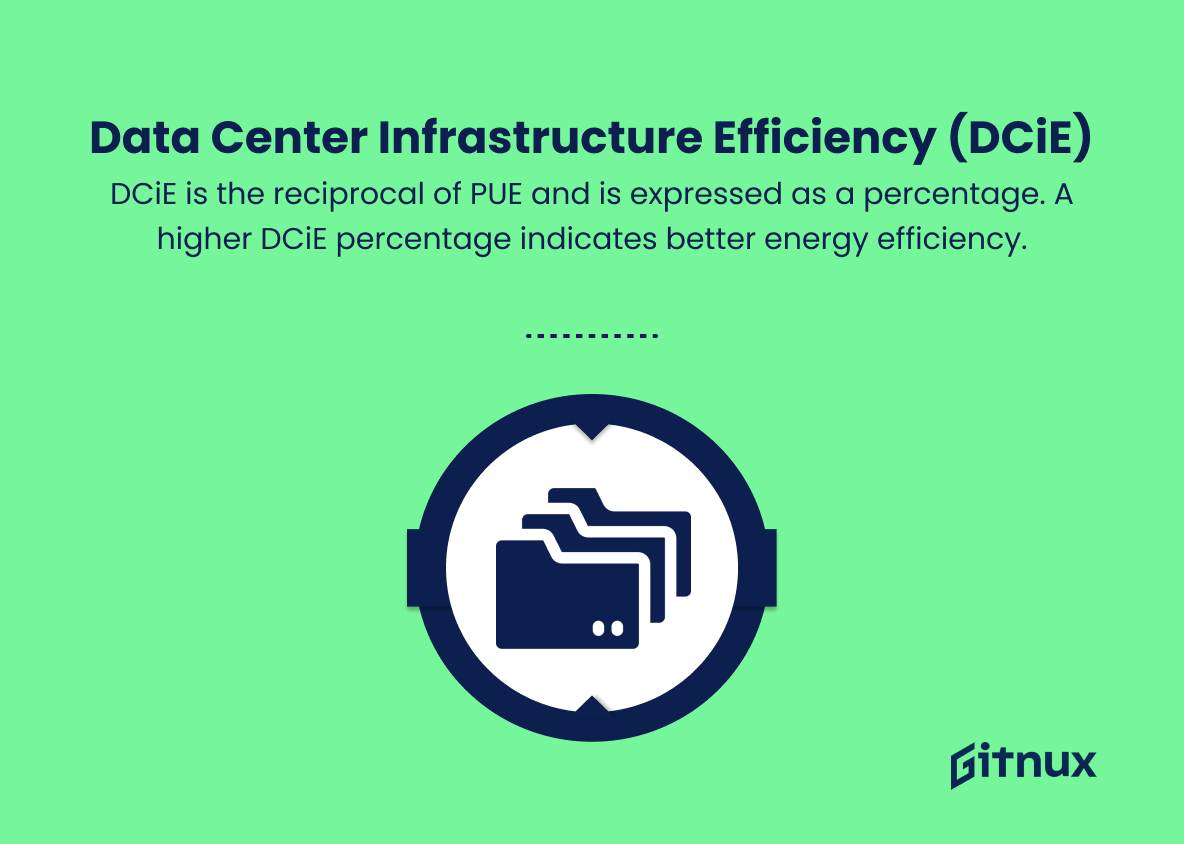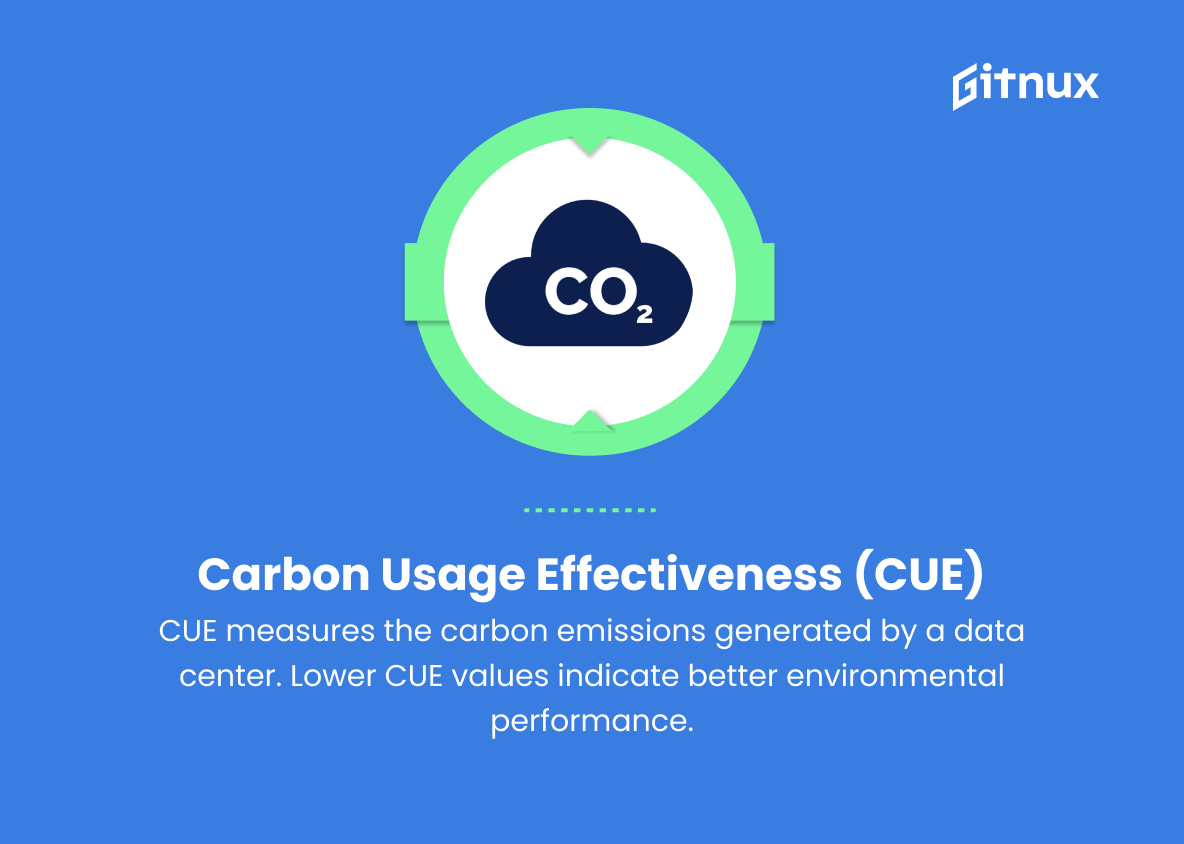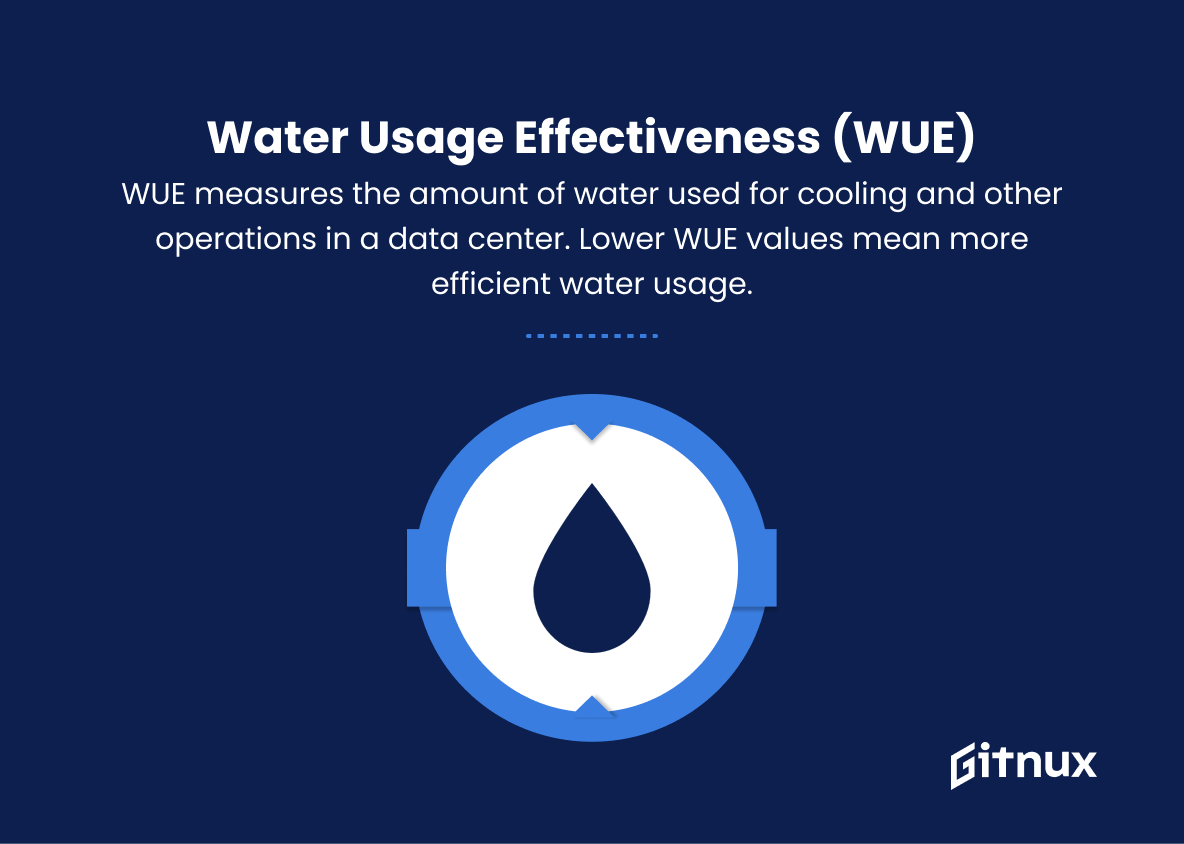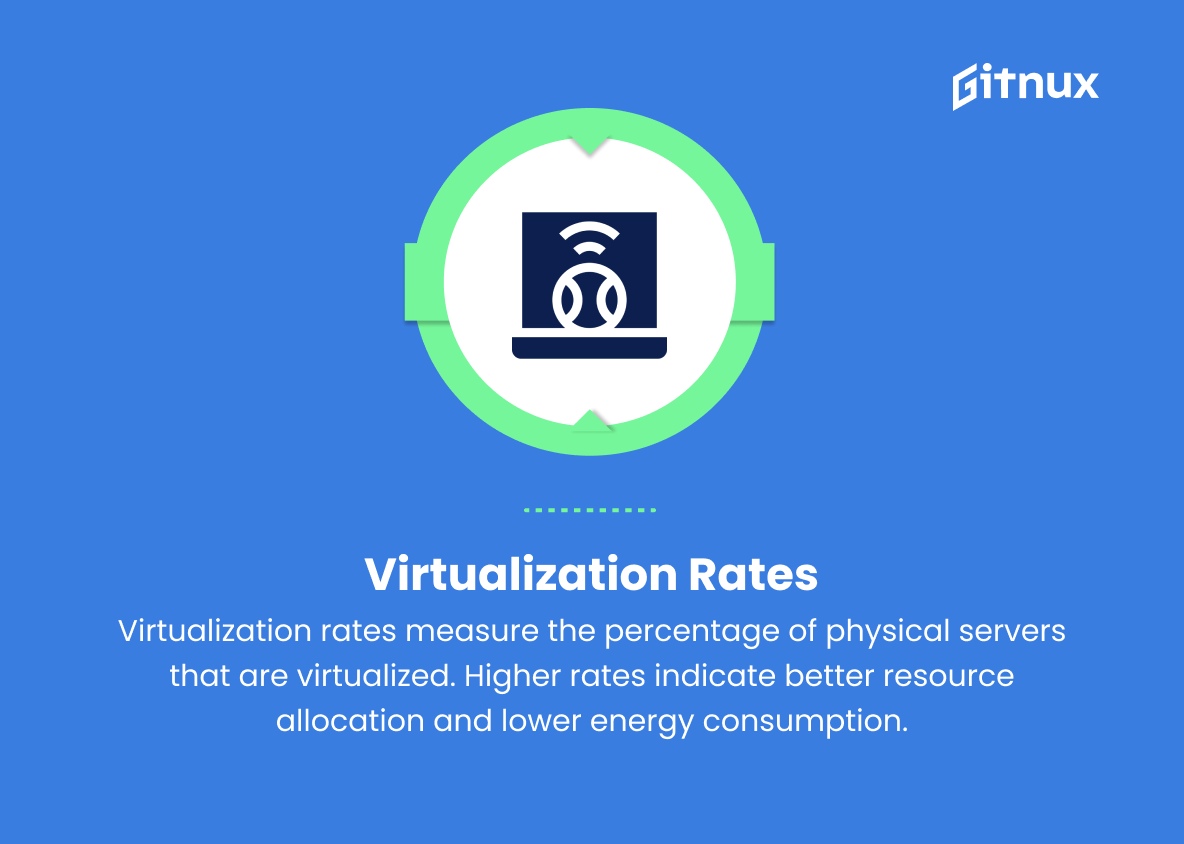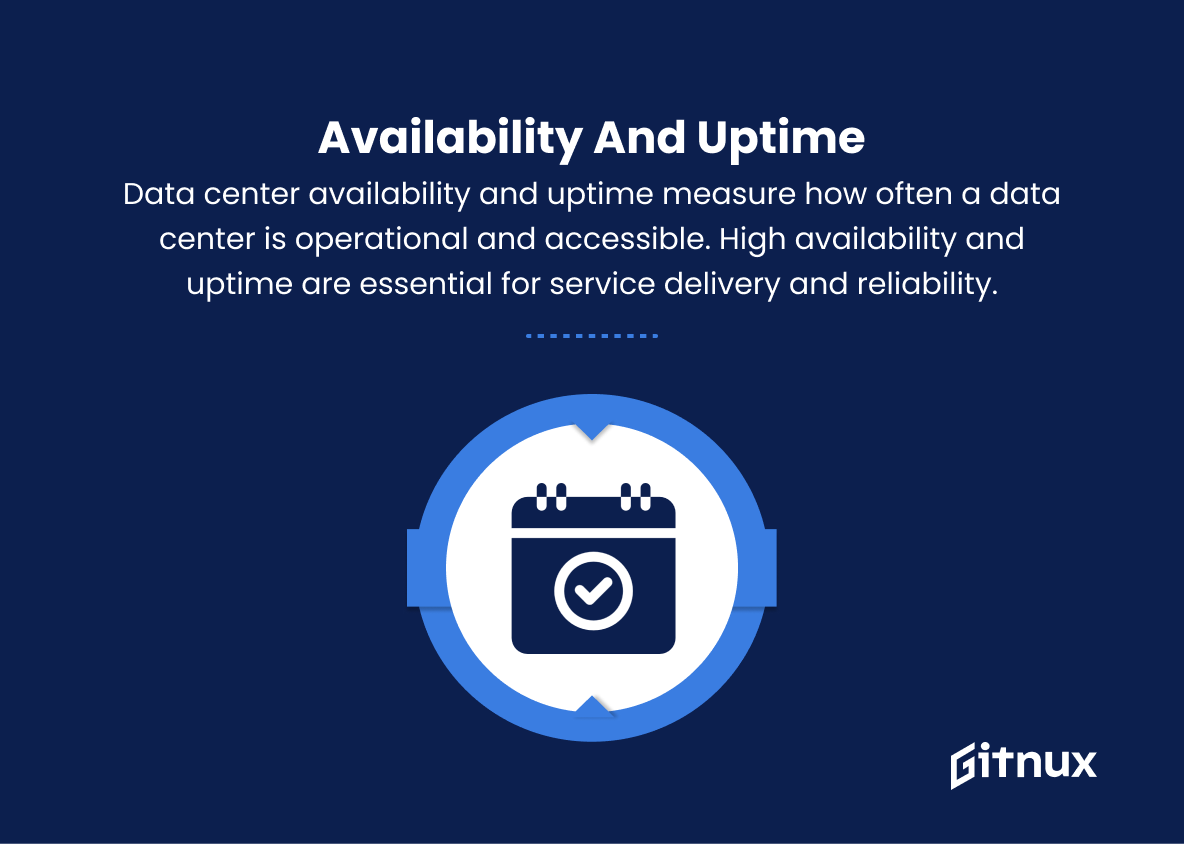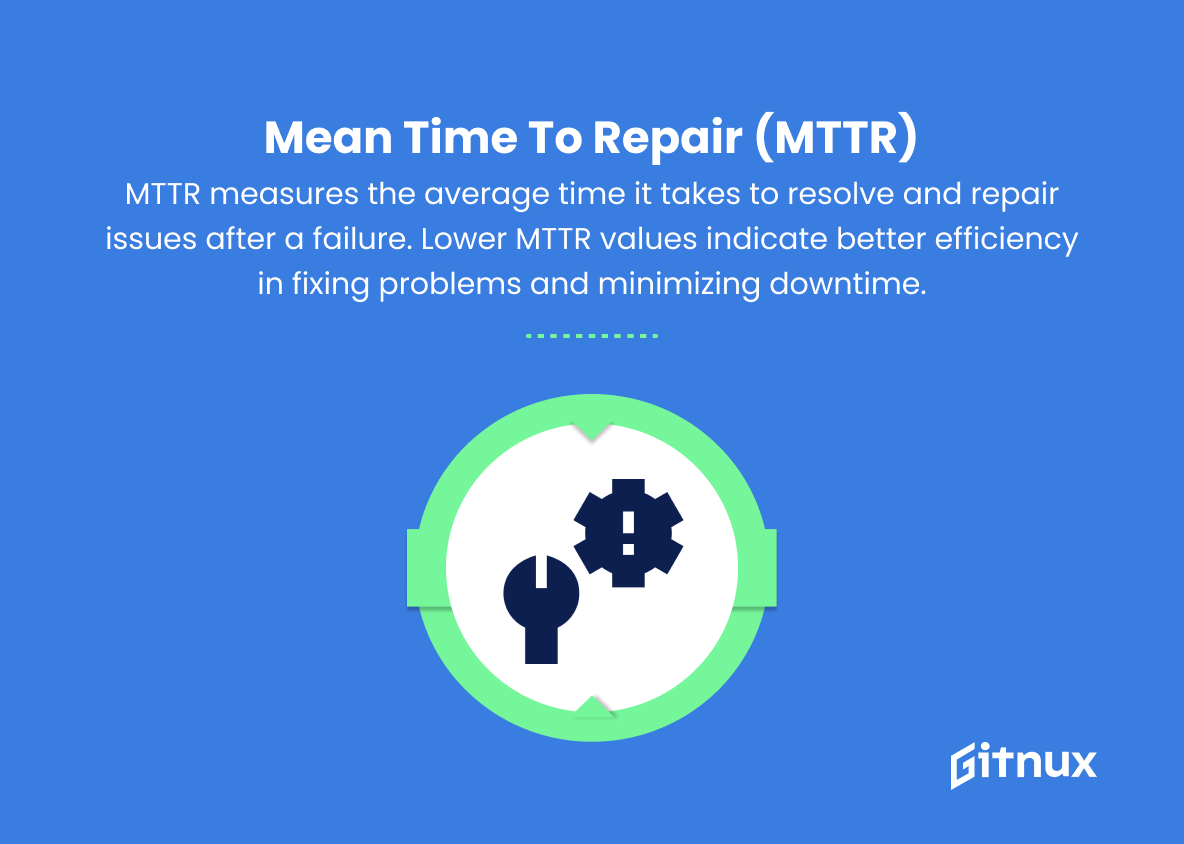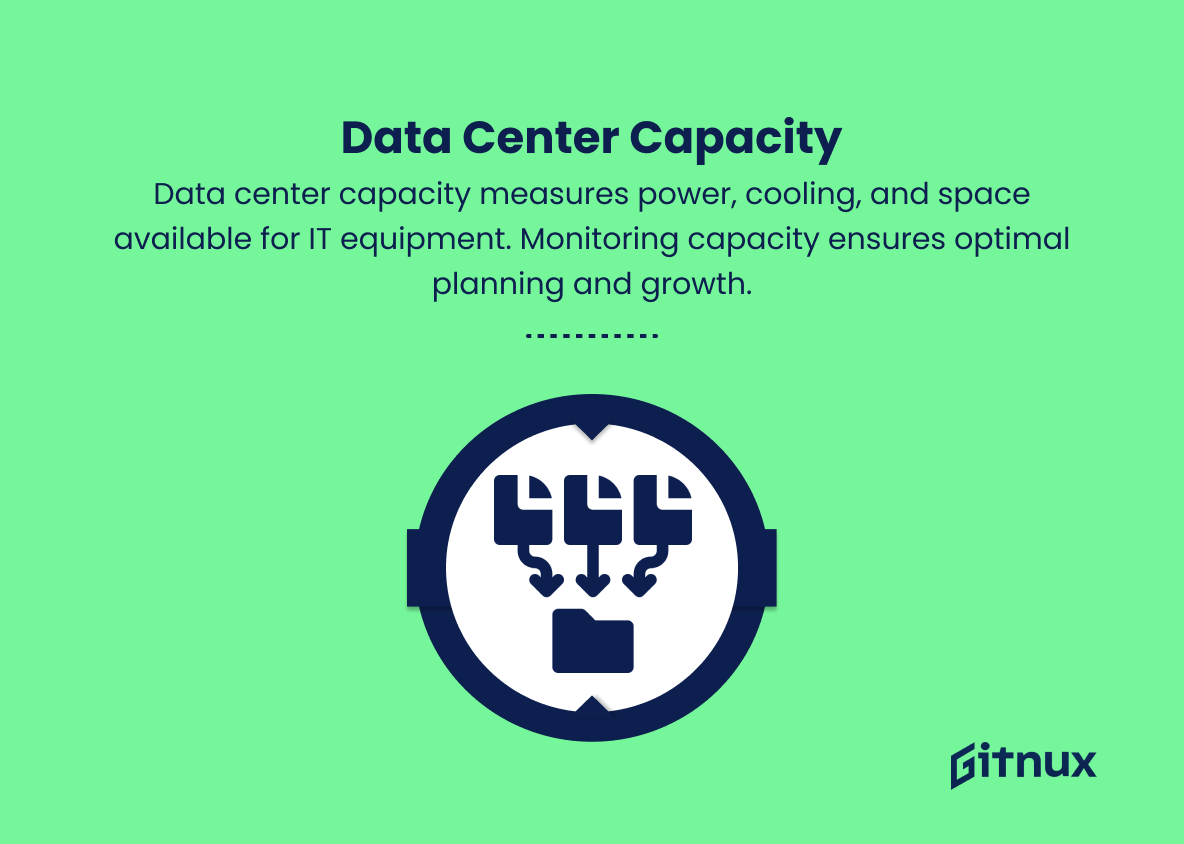In today’s fast-paced and technologically-driven world, the efficiency and effectiveness of data centers has become paramount for businesses to stay competitive and thrive. As a result, measuring and optimizing data center performance metrics has taken center stage as a critical component in the management and optimization of these IT infrastructure powerhouses.
In this in-depth blog post, we will explore the key performance indicators (KPIs) and metrics that provide invaluable insights into the health, productivity, and resiliency of your data center, as well as the strategies you can implement to systematically enhance their performance. By understanding and harnessing the power of these metrics, you can ultimately drive better decision-making, reduced operational costs, and support the growth and success of your organization.
Data Center Performance Metrics You Should Know
1. Power Usage Effectiveness (PUE)
PUE measures the efficiency of a data center’s energy usage by comparing the total energy consumption to the energy used by IT equipment. A PUE score closer to 1 indicates more efficient energy usage.
2. Data Center Infrastructure Efficiency (DCiE)
DCiE is the reciprocal of PUE and is expressed as a percentage. A higher DCiE percentage indicates better energy efficiency.
3. Carbon Usage Effectiveness (CUE)
CUE measures the carbon emissions generated by a data center. Lower CUE values indicate better environmental performance.
4. Water Usage Effectiveness (WUE)
WUE measures the amount of water used for cooling and other operations in a data center. Lower WUE values mean more efficient water usage.
5. IT Equipment Energy Efficiency (ITEE)
ITEE measures the percentage of IT equipment energy usage compared to the data center’s total energy usage.
6. Server Utilization
Server utilization measures how efficiently server resources (CPU, memory, storage, etc.) are being used to execute tasks. Higher utilization percentages indicate better performance and resource usage.
7. Network Utilization
Network utilization measures the traffic in the data center network, both internally and externally. High network utilization rates may indicate bottlenecks or potential bandwidth issues.
8. Storage Utilization
Storage utilization refers to the percentage of available storage capacity being used in a data center. Higher storage utilization rates often indicate efficient storage usage and management.
9. Virtualization Rates
Virtualization rates measure the extent to which physical servers have been virtualized in a data center. Higher virtualization rates indicate better resource allocation and lower energy consumption.
10. Availability and Uptime
Data center availability and uptime refer to the percentage of time a data center is operational and accessible. High availability and uptime are crucial for service delivery and reliability.
11. Mean Time Between Failures (MTBF)
MTBF is a measure of the average time between hardware, software, or system failures. Higher MTBF values indicate better system reliability and stability.
12. Mean Time To Repair (MTTR)
MTTR measures the average time it takes to resolve and repair issues after a failure. Lower MTTR values indicate better efficiency in fixing problems and minimizing downtime.
13. Return Temperature and Return Temperature Index (RTI)
These metrics measure the temperature of air returning to the cooling system. Lower return temperatures and RTI values indicate better cooling efficiency.
14. Data Center Capacity
Capacity measures the power, cooling, and physical space available to accommodate IT equipment in a data center. Monitoring capacity ensures optimal data center planning and growth.
15. Latency
Latency refers to the time it takes for data to travel from one point in the data center network to another. Lower latency levels are desirable for faster data processing and better application performance.
Data Center Performance Metrics Explained
Data center performance metrics play a critical role in evaluating several aspects of data center operations, including energy efficiency, resource utilization, environmental impact, reliability, and overall performance. Key metrics such as Power Usage Effectiveness (PUE) and Data Center Infrastructure Efficiency (DCiE) help assess the efficiency of energy usage, while Carbon Usage Effectiveness (CUE) and Water Usage Effectiveness (WUE) evaluate the environmental impact of a facility. Metrics like IT Equipment Energy Efficiency (ITEE), server, network, and storage utilization offer insights into resource usage and performance. Virtualization rates contribute to understanding resource allocation, while factors like availability and uptime, Mean Time Between Failures (MTBF), and Mean Time To Repair (MTTR) highlight the reliability and stability of the systems.
Return temperature metrics, data center capacity, and latency provide valuable information about cooling efficiency, future planning, and application performance. Each of these metrics aids in maintaining data centers and ensuring optimal functioning for both businesses and the environment.
Conclusion
In summary, data center performance metrics are an integral aspect of managing and optimizing data center operations. By leveraging key metrics such as PUE, CUE, WUE, DCIE, and server utilization, organizations can gain valuable insights into their data center’s efficiency and effectiveness.
It is essential for data center managers to understand these metrics and implement monitoring and assessment strategies to ensure they are meeting their performance goals. By focusing on these key performance indicators, a data center can operate at peak performance while minimizing environmental impact, reducing downtime, and maximizing their return on investment.
